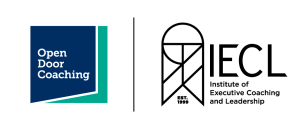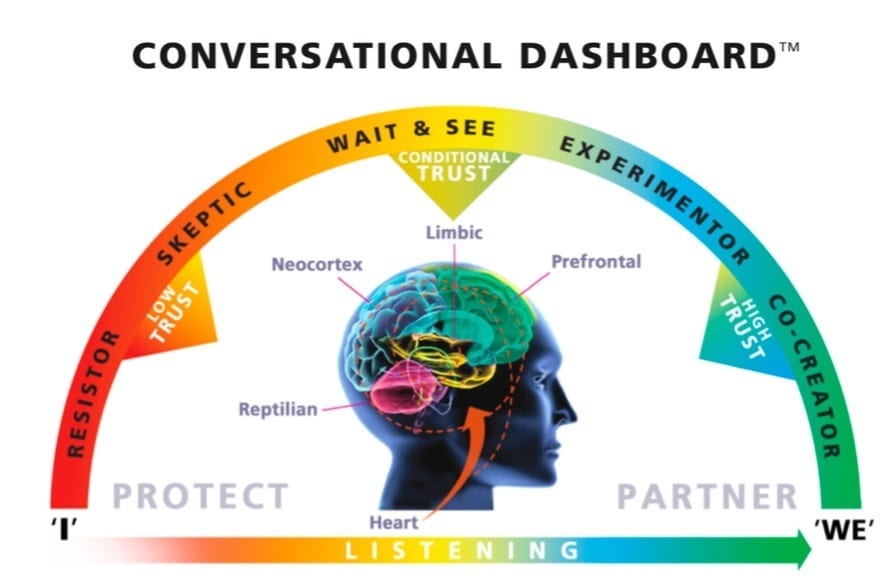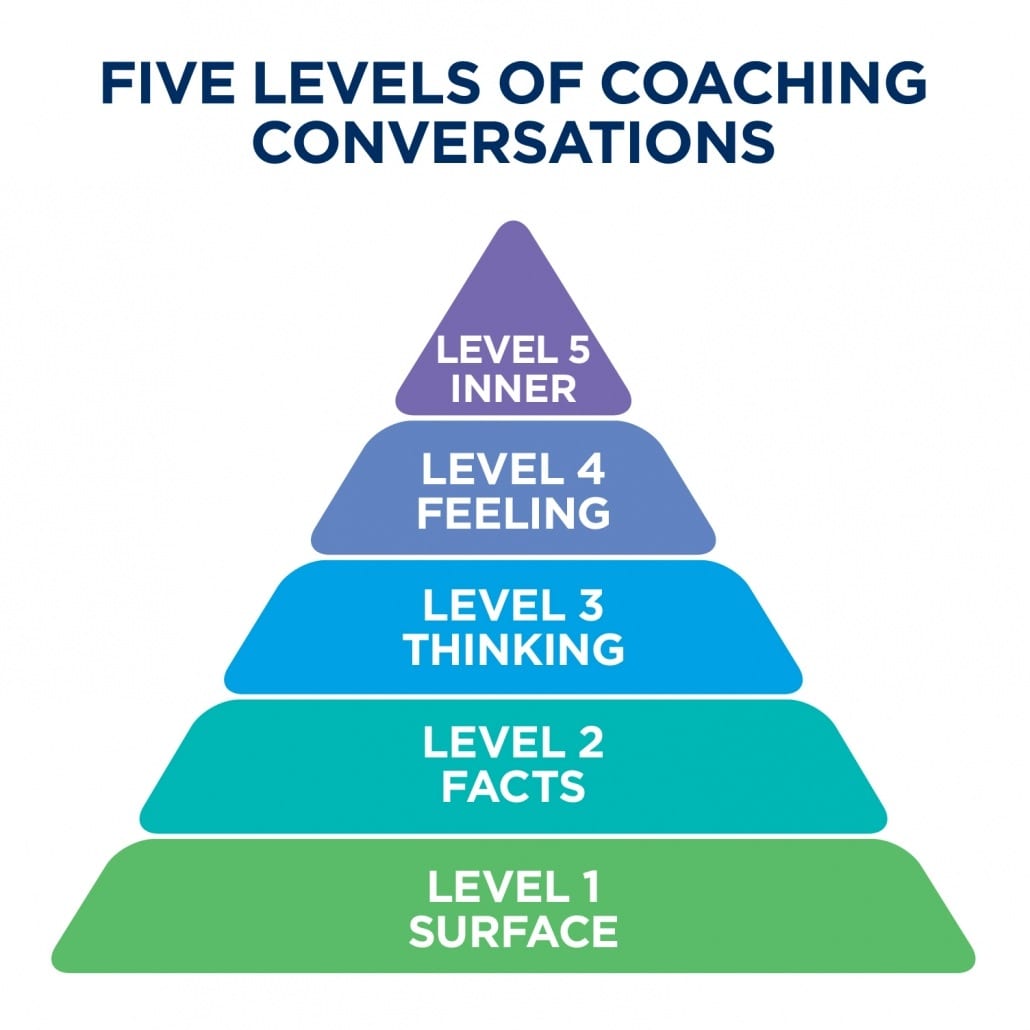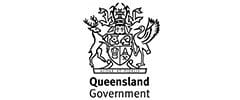Undoubtedly, what we need right now in the workplace is better conversations. This is one of the major trends from last year. Especially since even though we have heaps of Teams or ZOOM meetings, the quality of conversations has dropped away. Therefore, whether you are coaching yourself, your team or your clients, it is important to recognise that there are different levels of conversation that you can have.
Without a doubt, coaching conversations are becoming more and more common in the workplace. Importantly, we see more leaders and managers focussed on building their coaching toolkits around these conversations. Furthermore, undertaking our accredited coach training programs to focus on their coaching skills. Therefore, it makes sense to continue to stretch and grow our coaching skills. Especially if you are thinking about ICF credentials. But how to do we take our coaching conversations to the next level?
Recognising different levels of coaching conversations
Without a doubt, our aim is to have more effective conversations and to ask more effective questions. To do this, we need to recognise that there are different levels of conversations. Moreover, there are five levels of conversation. Consequently, is useful to have an awareness of what ‘level’ you are having the conversation.
In general, there are many different versions of ‘the levels of communication’. For example, Judith E. Glaser in her book ‘Conversational Intelligence – How Great Leaders Built Trust and Get Extraordinary Results’ on page 71, describes three levels of Conversational IntelligenceTM: Transactional, Positional and Transformational’.
By the same token, Open Door’s Five Levels of Coaching Conversations is presented below. Importantly, it is based on our practical experience and thinking about the types of conversations that we have in the workplace.
Indeed, it is featured in our Certificate IV in Workplace and Business Coaching (10834NAT) program. Furthermore, the model is directly linked to the ICF Core Competencies.
Without a doubt, the model assists us in framing what questions might be asked at each level and the types of responses received.
Surface level conversations (level 1)
In short, this is the basic level of conversation. Conversations that are focussed on surface level information. Questions at this level are simple or ‘stock standard’. In addition, often asked to be polite or initiate the conversation. For example, how’s the weather out there?
Facts level coaching conversation (level 2)
Moving to the second level. Facts and details are shared at this level of conversation. For example, how many people where involved?
Thinking level coaching conversations (level 3)
The thinking level is as it sounds. At this level questions are asked to find out what people are thinking. Furthermore, to encourage people to offer an opinion. Perhaps make a judgement or recommendation. For example, how do you think the group responded?
Feeling level coaching conversations (level 4)
Feeling conversations take more rapport. Importantly this level evokes sharing gut feelings, talking from the heart and sharing emotions. For example, how will you feel when you achieve that?
Inner level coaching conversations (level 5)
The deepest level of conversation is the inner level. This is the most personal level where a people might state their values, lessons or vulnerabilities. Furthermore, this is a really authentic level of conversation. Questions might include, what did you learn from that situation? Or how did you demonstrate leadership in that situation?
Moving across the levels of conversation
Interestingly, the five levels are not linear. You can move in and out of the different levels. Furthermore, move up or down according to the conversation. With this in mind, the key is to experiment with your questions, and not just get stuck on the surface level. Undoubtedly, there is a lot of effective coaching to be done across all the levels.
Enjoy your coaching!































